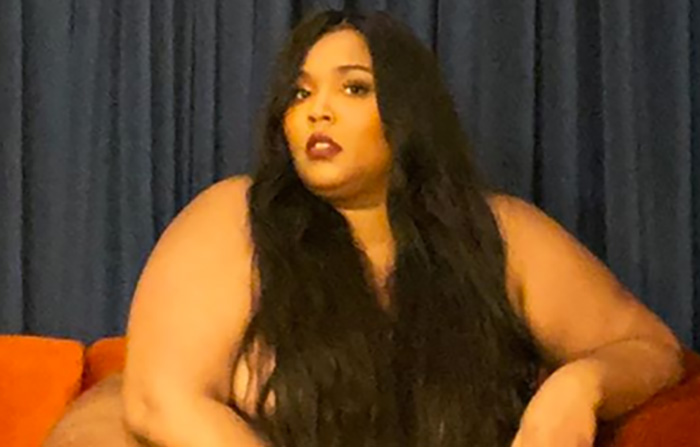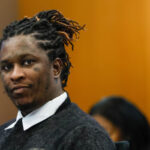For several years, black gay and bisexual men have been greatly affected by the HIV epidemic, with cases of new infections in the population rising almost every year. Experts have been stumped as to why HIV rates are so high in this particular community, but a new study shows that three key factors may play a part in why black gay and bisexual men are being hit so hard by HIV.
According to POZ Magazine, a new study published in the Journal of Acquired Immune Deficiency Syndromes reveals that investigators recruited 143 HIV-negative men who have sex with men (MSM) under the age of 40 from across the U.S. Participants were asked to keep a weekly diary of their sexual encounters over a 12-week period and updated it weekly.
What investigators found was that age gaps between partners, sexual networks more exclusively bound by race, and the fact that partner familiarity affects condom usage may be affecting the HIV infection rates.
According to the report, although black men were remarkably less likely to have unprotected sex, they were 11 times more likely to have black partners than partners of any other race and more likely to have partners who are older than they are. And older black gay men make up a group which is more likely to have HIV than their younger counterparts.
AIDSMap’s Gus Cairns also mentioned in the study that “while black men were less likely to have unprotected sex than other ethnicities, they were more likely to drop condom use once a relationship became long term.”
Thus, while black men opt for safer sex options, sometimes more than men of other races, the fact that HIV rates are already so high in the black community overwhelms their efforts to prevent the spread of the disease.
However, Cairns adds that he questions whether societal factors such as racism and the “ghetto-ising” of HIV also play a role in the HIV infection rates in the black gay and bisexual community.
We reckon that it’s a mix of both sex practices and societal factors, especially considering that racism, homophobia and socioeconomic conditions all play a role in our everyday life choices and the information and resources disseminated about HIV.
It’s a bleak report in regard to black love in in the gay and bisexual community, but with this new knowledge, hopefully, new methods of education and counseling can be used to gain some ground in the fight against HIV.
Check out the aidsmap story here and the study abstract here. And check out how HIV affects the broader MSM population below.

![Da Brat Marries Judy Dupart on 2.22.22 [PHOTOS]](https://hiphopucit.com/wp-content/uploads/2022/02/1645669184565-440x264.jpeg)
![Drake Reveals Photos of His Son Adonis [Photos]](https://hiphopucit.com/wp-content/uploads/2020/03/Drake-and-on-Adonis-HHUCIT.jpg)

![Megan Thee Stallion – “BOA” [NEW VIDEO]](https://hiphopucit.com/wp-content/uploads/2024/05/Megan_Thee_Stallion___BOA__Official_Video__1_12_screenshot-440x264.jpg)
![Doechii Feat. JT – “Alter Ego” [NEW VIDEO]](https://hiphopucit.com/wp-content/uploads/2024/05/Screenshot-of-Doechii-and-JTs-Al-440x264.png)
![Young Thug Feat. Drake Drop – “Oh U Went” [NEW VIDEO]](https://hiphopucit.com/wp-content/uploads/2023/07/Young-Thug-and-Drake-1014x570-1-440x264.png)






